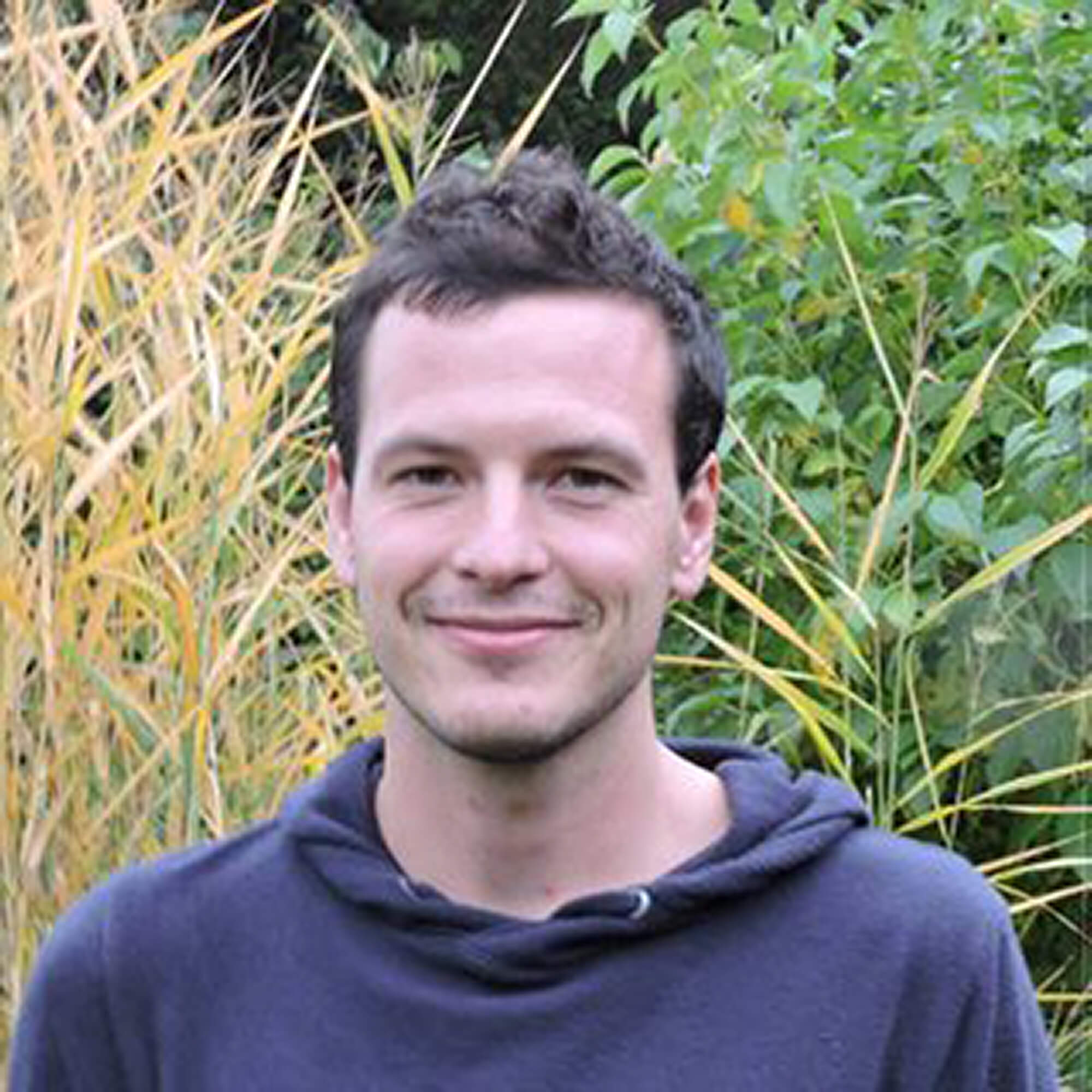Dr. Alfred Burian

Researcher
Helmholtz Centre for Environmental Research - UFZ
Department of Computational Landscape Ecology
Permoserstraße 15
04318 Leipzig
Phone: +49 341 235 1948
Alfred Burian
Research interests
- Biodiversity research
- Agroecology
- Ecosystem health
- Community ecology
Projects
Intensification traps: Intensification traps describe the phenomenon that over-intensification of conventional agriculture may lead to lose-lose situations. These lose-lose situations are emerging when too high management intensities result in reduced agricultural production and critical biodiversity loss. In my work, I assess mechanistic drivers of intensification traps and try to develop policy guidelines for their prevention.
Ecosystem health: The quantification of ecosystem health is a challenge that is fundamentally complicated by the complexity and variability of natural ecosystems. Nonetheless is the reliable assessment of ecosystem health a crucial management requirement for adaptive responses to climate warming, habitat degradation and other anthropogenic stressors. Therefore, a second major target of my work is to evaluate potential ecosystem health indices and test their suitability for broad-scale application in ecosystem management.
Selected publications (Citations: 1001, h-index: 20; for full record see links)
1. Burian A., Kremen C., Wu J. S., Beckmann M., Bulling M., Garibaldi L. A., Mehrabi Z., Ramankutty N., Krisztin T. & R. Seppelt (2024) Biodiversity–production feedback effects lead to intensification traps in agricultural landscapes. Nature Ecology and Evolution, 8, 752–760 (IF: 15.5) Featured in research briefs of Nature: https://doi.org/10.1038/s41559-024-02360-52. Burian A., Gruber-Dohringer M., Jirsa F., Schweichhart J., Yasindi A., Bulling M., Winter C., Muia A. W. & Schagerl M. (2023) Drivers of microbial food-web structure along productivity gradients. Proceedings of the Royal Society B, 290: 20231531 (IF: 5.3)
3. Burian A., Bruce K., Tovela E., Bakker J., Balcells L., Bennett R., Chordekar S., Costa H. M., Crampton-Platt A., de Boer H., Ross-Gillespie V., de Sacramento A., Sidat N., Simbine L., Ready J. & Mauvisseau Q. (2023) Merging two eDNA metabarcoding approaches and citizen-science-based sampling to facilitate fish community monitoring along vast Sub-Saharan coastlines. Molecular Ecology Resources, 23 (7), 1641-1655 (IF: 7.0)
4. Burian A., Norton B., Reynolds S., Lynch P., Sweet M., Alston D. & Bulling M. (2023) Low-cost management interventions and their impact on multi-level trade-offs in agricultural grasslands. J. of Applied Ecology, 60 (10), 2079-2090 (IF: 6.2)
5. Burian A., Pinn D., Peralta-Maraver I., Mauvisseau Q., Sweet M., Oyice O. Bulling, M. and Kratina P. (2022) Predation increases multiple components of microbial diversity in activated sludge communities. ISME, 16, 1086–1094 (IF: 10.2)
6. Burian A., Mauvisseau Q., Bulling M., Domisch S., Qian S. & Sweet M (2021) Improving the reliability of eDNA data interpretation. Molecular Ecology Resources, 21 (5), 1422-1433 (IF: 7.0)
7. Burian A., Nielsen J. M. & Winder M (2020) Food quantity-quality interactions and their impact on consumer behavior and trophic transfer. Ecol. Monographs, 90 (1), e01395. (IF: 9.1) Featured in the Bulletin of the Ecological Society of America, doi: 10.1002/bes2.1661
8. Sweet M., Burian A., Fifer J., Bulling M. & Raymundo L. (2019) Organised chaos in the microbiome of a new slow-spreading coral disease. Equally contributing first author. Microbiome, 7, 139. (IF: 10.2)
9. Burian A., Kayara R., Wernersson J. E. V., Egbert M., Enfors E., Lokorow B. & Nyberg G. (2019) A community-based evaluation of population growth and agro-pastoralist resilience in Sub-Saharan drylands. Environmental Science and Policy, 92, 323-330. (IF: 5.7)
